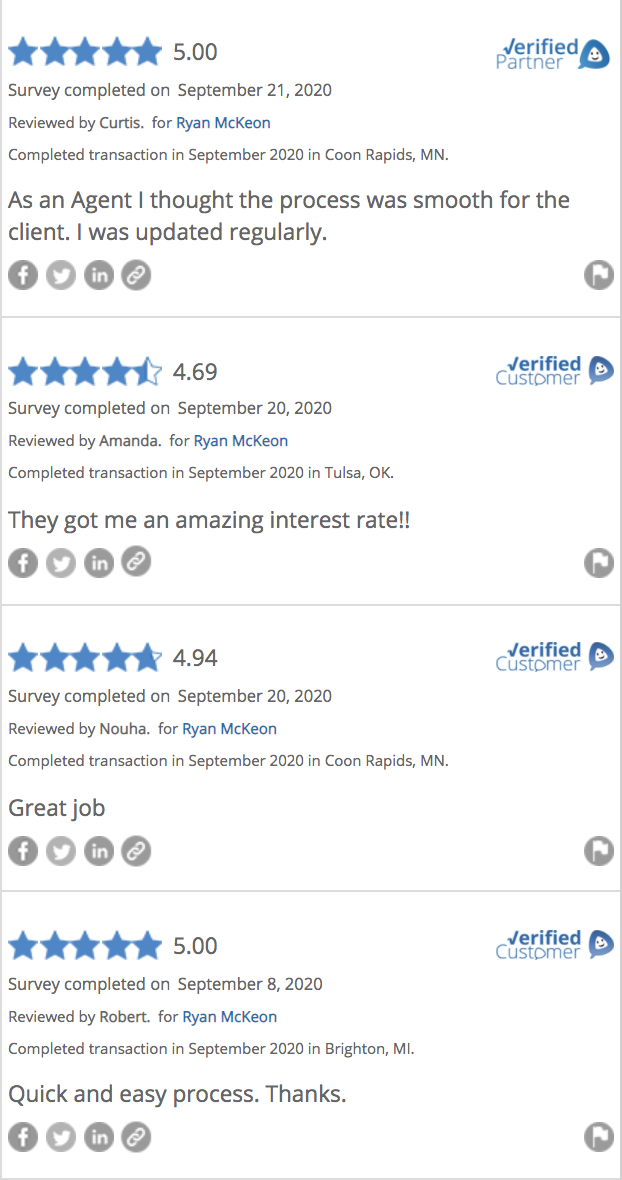A property appraisal is different from a property inspection. The home appraiser’s job is to determine the current value of a house or other property. The appraiser, of all the people you encounter during a home purchase, is the one you’ll probably interact with least.
Looking for issues in the home that the buyer should be aware of before purchase is the job of a home inspector, but the appraiser determines dollar value of the home by looking at the condition of the property as well as what similar homes in the area sell for.
Why get an appraisal?
If you take on a mortgage, it’s likely you’ll be required to get an appraisal because the main purpose of the appraisal is to assure the lender that the home is worth the asking price. The buyer typically pays for the home appraisal, which costs between $300 and $400 for a single-family home. The lender has several appraisers who it trusts to come up with an accurate appraisal. While brokers and lenders can legally offer their opinions about the value of a home, they cannot dictate to the appraiser what they want the value to be. If the appraisal comes back equal to or higher than the asking price, then the sale can move forward, but if it comes back low, the lender is unlikely to approve a mortgage above the appraised value.
What happens during an appraisal?
Appraisers must physically examine a property to determine size, number of bedrooms and bathrooms, plus any upgrades or defects it may have. They’re usually on a tight schedule and will only spend about 20 minutes at the property. Fannie Mae Form 1004 requires that the appraiser physically examine the property to confirm the size of the property, the number of bedrooms and baths, total square footage of the living area, any upgrades to or defects of the house, and more. An experienced appraiser knows what to look for and moves through the home quickly, checking off each item on the form.
The purpose of an appraisal isn’t to calculate an objective value for the home, but to compare it to other homes in the area that were recently sold. The appraisal report includes space for three comparable sales (comps). The appraiser will use real estate databases and public records to search for recently sold homes that are the closest match to the property in terms of its geographic location, its size, age, condition, view and so on. Generally, these will be houses in the same neighborhood as the one being offered for sale. For a comp to be accurate and useful, it must be recent.
Since the buyer pays for the appraisal, he or she has the right to get a free copy of the full report. The buyer is entitled to see the appraisal, but not the seller, unless the buyer wants to use it to negotiate a lower selling price. Lenders are required to send appraisals to buyers promptly but at a minimum no later than three days before the loan closes. If the appraisal comes in at a lower price than the one the buyer and seller agreed upon, the buyer will have good ammunition to negotiate a lower price.
Sellers
The appraisal is based on the square footage, number of rooms and amount of land. Appraisers are human, and likely to be influenced by clutter. Anything you can do to help your home get valued at the top of the range versus the bottom is worth the extra effort. Damages in the home will also affect its value, so make repairs ahead of time. Not only will damage negatively affect the appraisal, if your loan is insured by the Federal Housing Administration (FHA), appraisers are required to report damage to them.
There are times when a seller might will order their own appraisal. Frequently when it’s unclear at what price a home should be listed. In that situation, it’s perfectly reasonable to pay the $300 to $400 for an independent appraisal to find the most accurate market value of the home and set the price accordingly.
The only time a seller will see a copy of the buyer’s appraisal is if the buyer uses it to negotiate a lower sales price. If the appraisal comes back at or above the asking price, the seller has no reason to worry about it.
If you’re the seller and you feel that the appraisal came in lower than it should have, you can protest it. Contact the lender and discover their procedure for appraisal disputes. You will need documentation to support your argument. Include photos and a record of all improvements, as well as comps of other houses that should have been included.
Be aware the mortgage lender is the only one that can require a second appraisal. If the lender rejects your request for reconsideration, you can pay for an appraisal on your own and see if you get different results.
First Florida Mortgage Can Help
At First Florida Mortgage, we are a Florida-based mortgage company. We want to help you through every step of financing your new home. Fill out the quick contact form or call First Florida Mortgage today at 1-800-501-2131 to speak with one of our Florida mortgage specialists and get a free good faith estimate.






